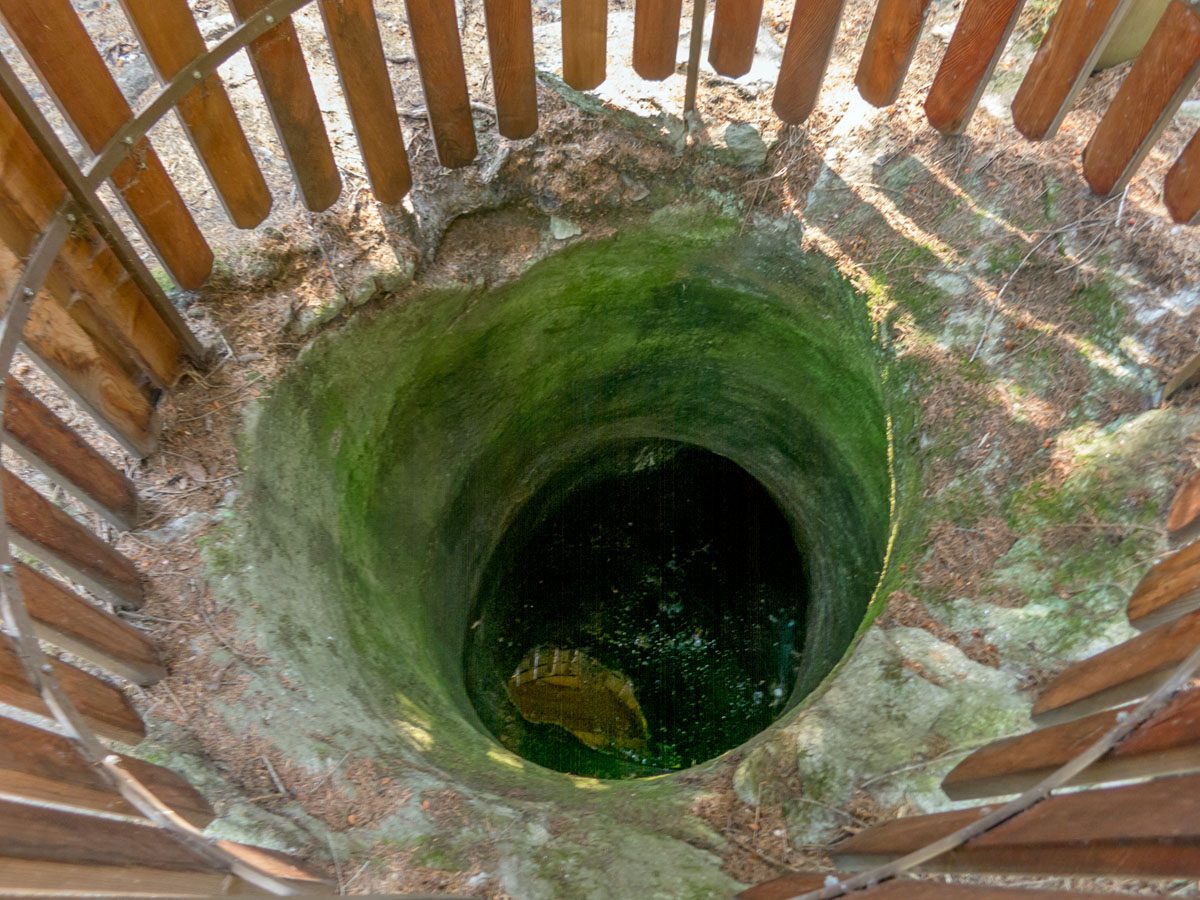How to reach the Glacier Mill
A 1.4 m wide and almost 3.6 m deep glacier mill, which was eroded by glacier water, by rotating circles of co-moving stones of local rock.
The glacial mills in Upper Val Passiria, also known as Giant’s Kettles, are a particular natural monument and witnesses of the last Ice Age. There are 20 glacial appearances of this kind and of various sizes in Plata. The largest glacial mill is 5 – 6 metres deep and has a diameter of 10.5 metres. The natural phenomenon has been formed during the last glacial period, the Würm glaciation, which ended 10,000 years ago.
Glacial mills are impressive tubes that have been cut into the ice by the churning action of water. The stones transported by the current are grinded and they deepen the hollow in the rocks. The water pressure on the stones reaches 200 kmph. Glacial mills are particularly interesting for a special field of science, which is glaciology. This earth science studies glaciers and ice as well as natural phenomena that involve ice. Permafrost, glaciers and barrier ice are also subjects that are treated in this science.
The glacial mills in Val Passiria (Gletschermühlen in German) were discovered by accident, when drainage works were done in the “Wirts Mous” below of the village. Today one of these Giant’s Kettles is accessible to the public. From the village of Plata the path n° 6 proceeds towards Pianlargo until a chapel, where the path n° 5 leads down to the glacial mill. By the way: also the gently rounded rocks, like the hill where the church of Plata is located, were polished by glaciers.
